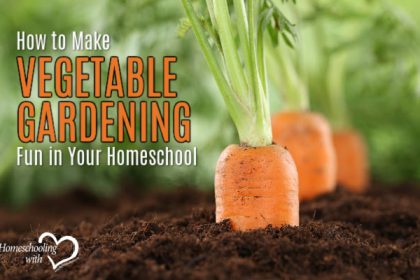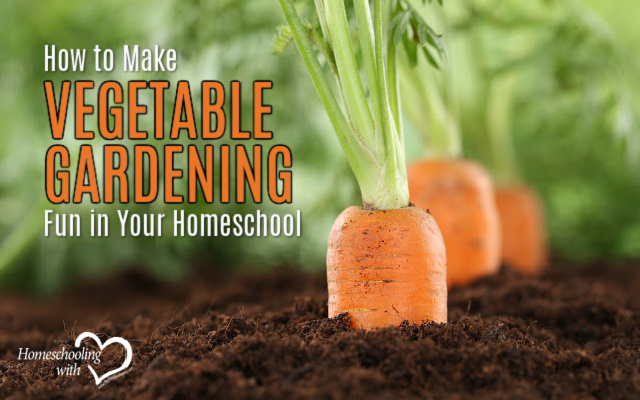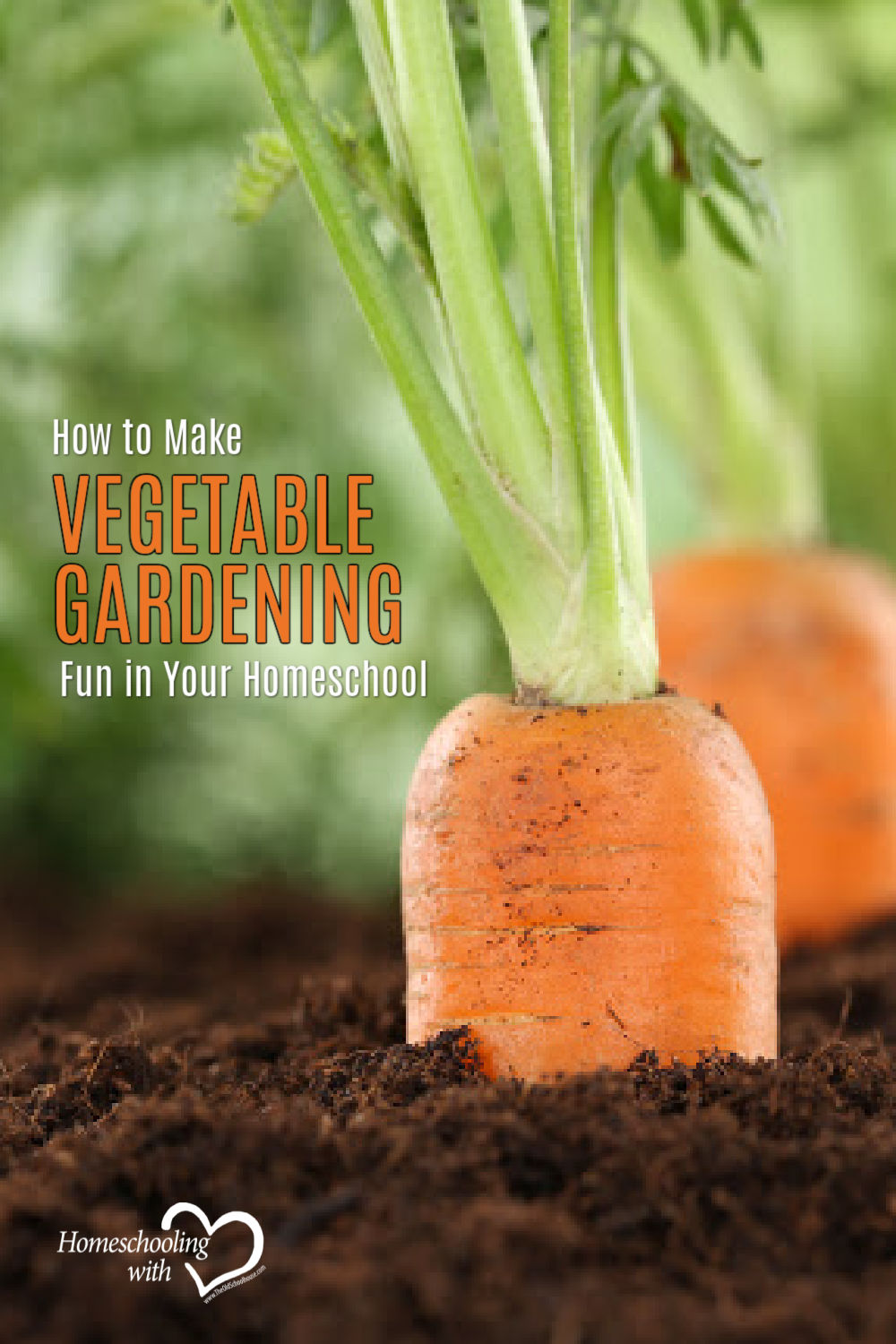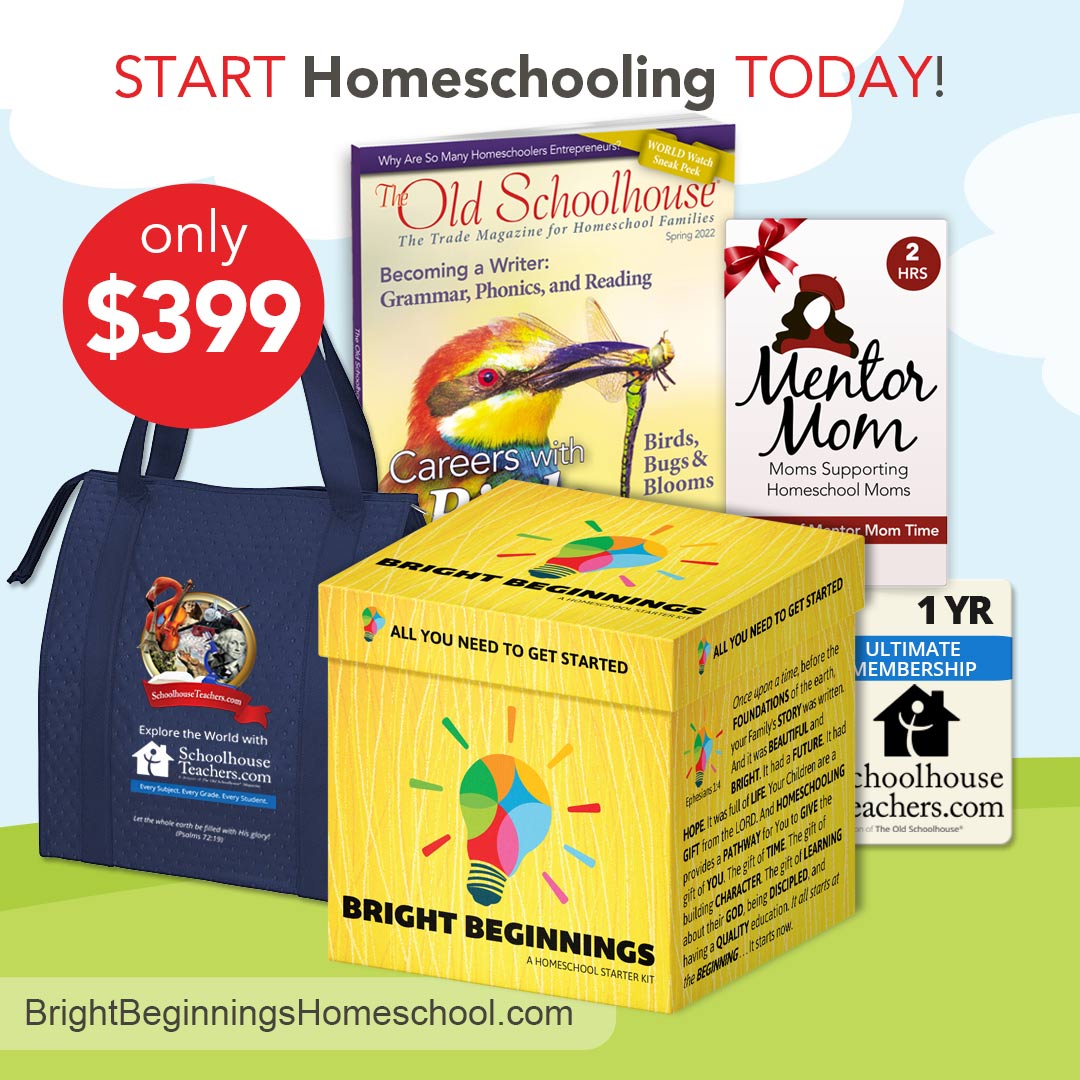How to Make Vegetable Gardening Fun in Your Homeschool


‘Tis the season to begin a homeschool vegetable garden! Some families thrive on the experience while others shy away from it due to lack of experience or bad experiences with gardening in the past. Which camp do you fall into? Gardening is challenging on so many levels because you are dependent on so many factors. As I sit here writing this article, it is spring yet a surprise frost is settling down on us tonight with temperatures in the low twenties. This is unfortunate for this time of year so, after several years of gardening experience, I did my best to prepare for this day. I planted all of my seedlings in small pots rather than the ground this year so I could bring them in and protect them from the frost in case it decided to show its ugly head. Needless to say, I spent a good portion of the day hauling the plants into my warm house for the evening. Of course, this is after learning the hard way in years past. There are other ways to deal with frost though. Several of my children already started putting some of their seeds in the ground, but they simply cover them with buckets when there is a fear of frost. We can’t let bad experiences deter us from trying again; we simply need to learn and move forward! Whether you are an avid gardener, a reluctant gardener, or a newbie, here are some ways to make vegetable gardening fun in your homeschool.
- Create a family garden
Make your garden a family affair. Creating a family garden will give you something to look forward to working on when the family is together. Set aside evenings, after dinner when it is nice and cool, to plant, water, and weed the garden together. Get into the habit of it, and it will actually become enjoyable as you do it together. Then, you can enjoy the harvest together as well!
- Create Raised Beds
Raised beds are a great way to introduce gardening to your family if you don’t have the means, ability, or space to till your yard. Depending on where you live, your soil may need much work, possibly years of tilling in compost, manure, and other nutrients into the soil to make it garden-worthy. With raised beds you control the soil placed inside of them, and these can be created with simple materials you probably already have on hand. In our family, when a child turns five, we give them a raised bed to start out with. After a few years of experience with it, they then receive a few rows in the family garden of their own to take care of themselves. Raised beds are a great place to start, or even continue with, after years of experience since they are highly effective.
- Add Organic Pest Control
Concerned about deer getting into your vegetable garden? Plant lavender around the outskirts of it. Not only will it look and smell beautiful, but it will hinder deer from stepping foot in your garden. You can even take it a step further and plant marigolds on the corners of the garden since this is another plant they detest. Also for deer, you can string up fishing wire around your garden. It will keep them out, and it won’t be as noticeable (or as expensive) as an actual fence. If you are not concerned about aesthetics, you can always string old CDs or pie tins around the garden to scare the deer away. Another form of organic pest control is the use of soap, as long as you don’t use ones with coconut oil but something similar to Irish Spring. If you grate it and place it around your plants, it won’t harm your plants or soil but will keep a variety of pests away.
- Incorporate Unit Studies
I was introduced to the best gardening unit study created by Moving Beyond the Page where they use the book Westlandia by Paul Fleischman. My kids loved this hands-on unit study approach teaching them about sustainability and creativity in nature. You could also create your own unit study based on a specific plant you want to focus on such as a sunflower, tomato, or an herb. If you have yet to introduce nature journals into your homeschool, this may be the perfect time as you go through the development of the plant from seed to table!
- Experiment with Recipes for Your Bounty
Once your harvest comes in (whether it’s three tomatoes or thirty), be creative with the recipes you choose to present the star ingredient. Make a big deal about it and even compare the taste and flavor to the store-bought version. Your children will see the value in the hard work put into growing their quality food items when they make the comparison!



























































